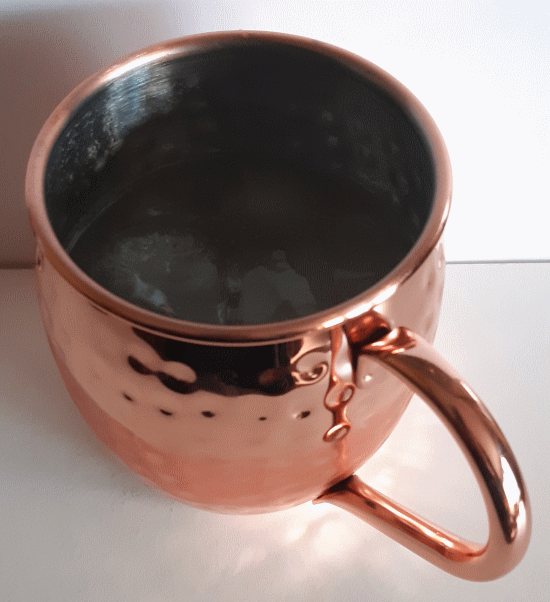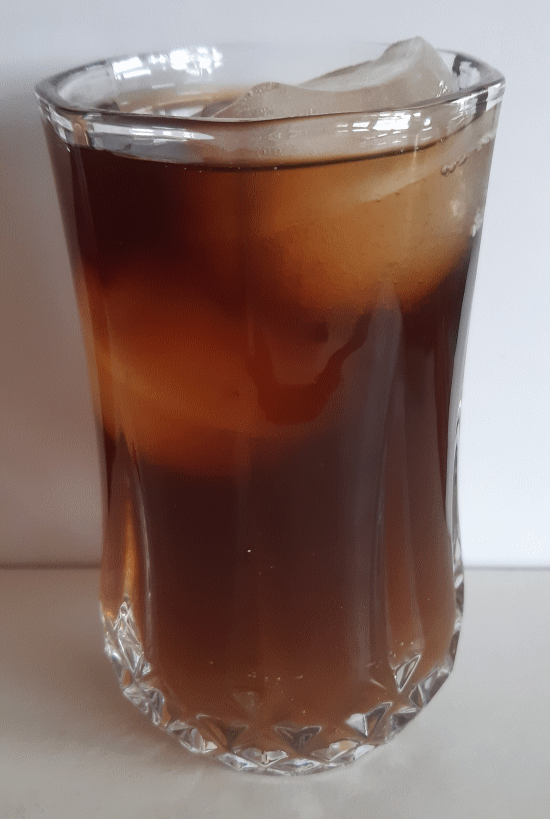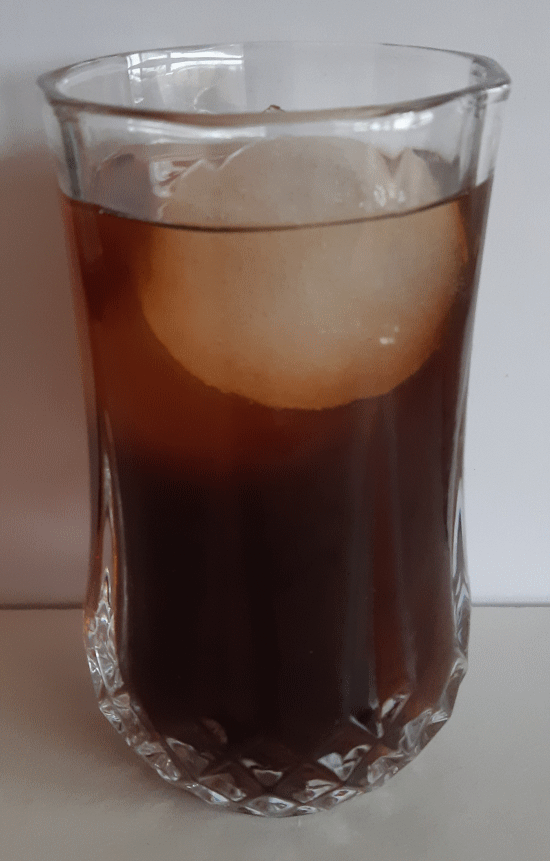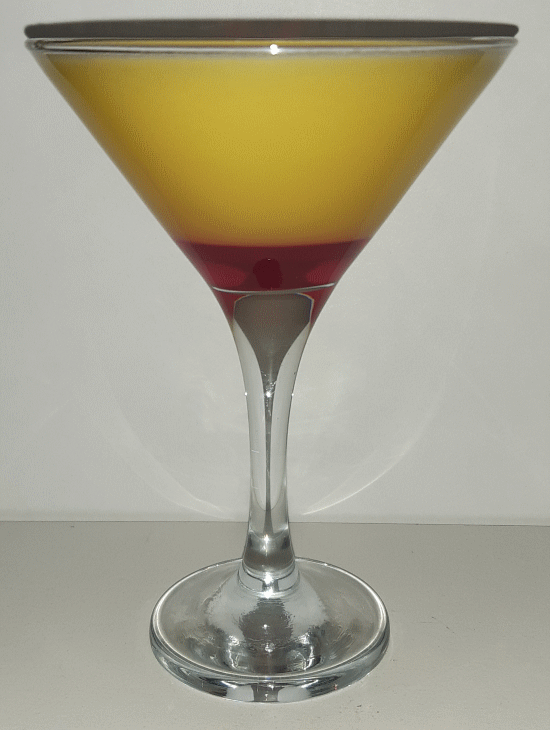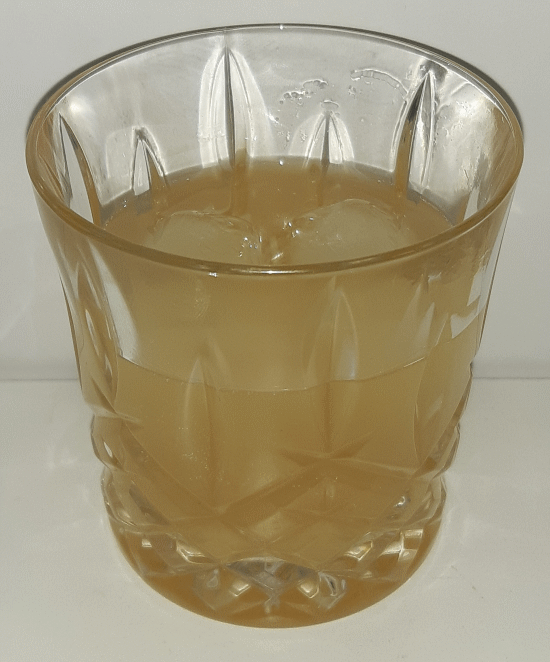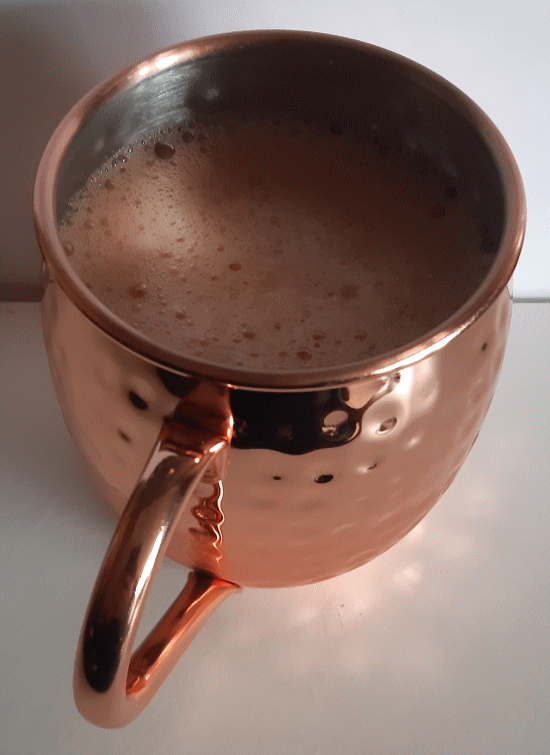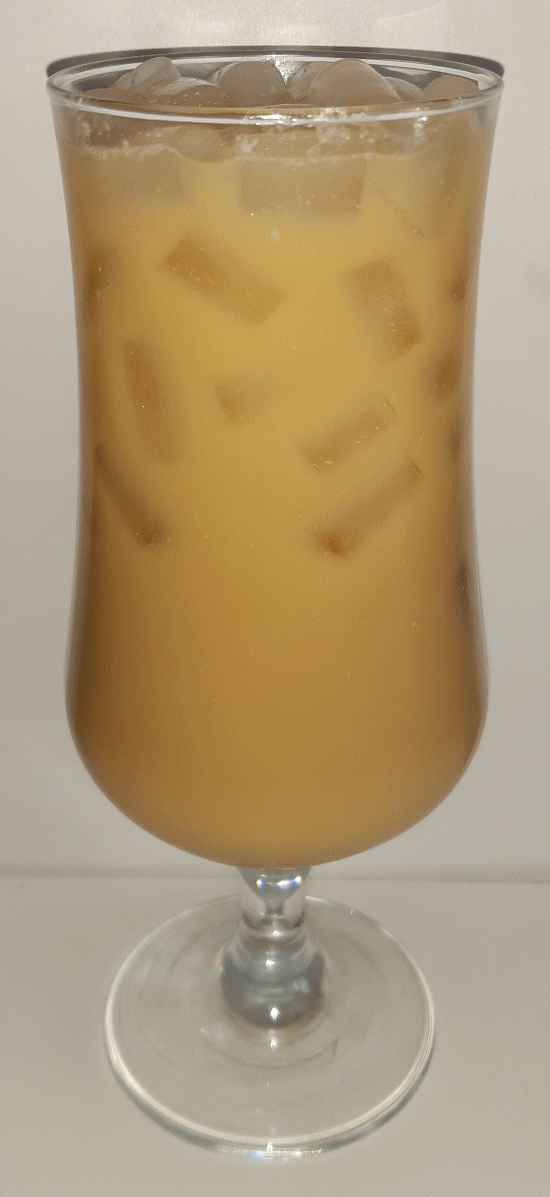Our final cocktail this evening is the IBA official Moscow Mule cocktail, which combines vodka with ginger beer and lime juice.
The Moscow mule is popularly served in a copper mug, which takes on the cold temperature of the liquid. Some public health advisories recommend copper mugs be plated with nickel or stainless steel on the inside and the lip, but it has been disputed whether the time and acidity involved in the drinking of a Moscow mule would be enough to leach out the 30 milligrams of copper per litre needed to cause copper toxicity.
Moscow mule – from Wikipedia, the free encyclopedia

